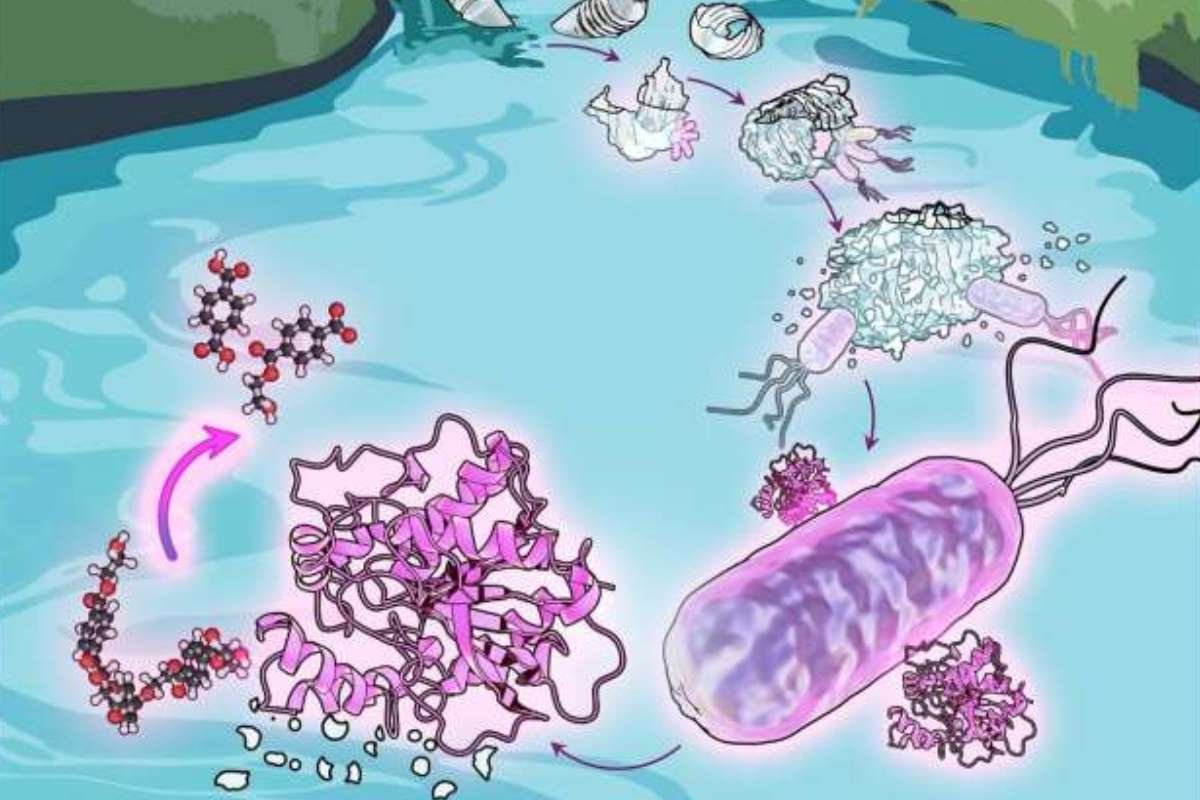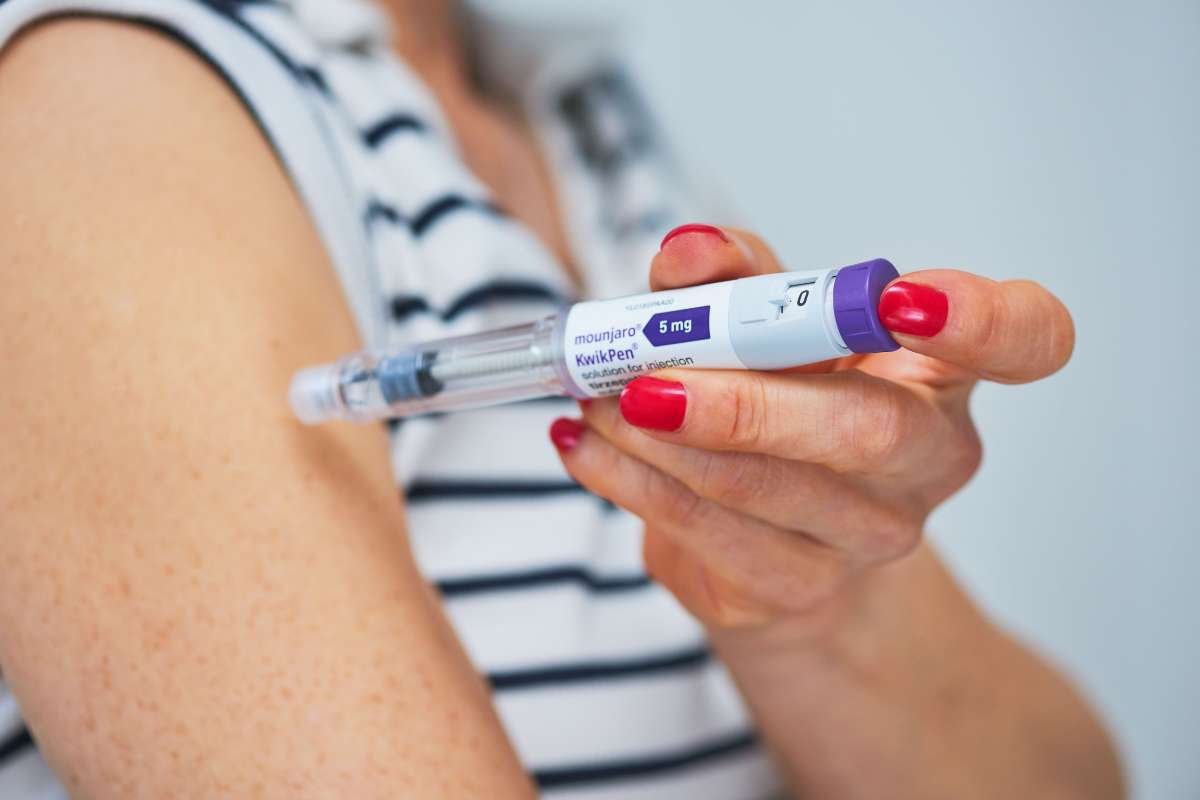[Source – phys.org]
Breakthrough Discovery of Plastic-Degrading Bacteria
In a significant development, researchers at Northwestern University have discovered a wastewater bacterium capable of breaking down polyethylene terephthalate (PET), a commonly used and highly durable plastic. PET is prevalent in food packaging and beverage bottles and poses a significant environmental threat due to its resistance to degradation. As the world battles increasing levels of plastic pollution in oceans, rivers, and landfills, this discovery offers a potential natural solution to mitigating the crisis.
Leading the study, Ludmilla Aristilde explained the bacteria’s unique ability to degrade plastic. “We have systematically shown, for the first time, that a wastewater bacterium can break down plastic and use it as a source of carbon,” she said. PET plastics, while useful in everyday life, have long posed environmental challenges as they persist in ecosystems for decades, causing harm to wildlife and contaminating water bodies. Aristilde’s team believes this bacterial capability could be optimized to help rid the environment of plastic waste.
Understanding the Plastic Breakdown Process
The bacterium identified by the researchers is Comamonas testosteroni, an environmental microorganism found in urban waterways and wastewater. While this bacterium has been degrading plastic for some time, its role in this process went largely unnoticed until now. The team observed how the bacteria first fragmented the plastic into smaller pieces before releasing an enzyme that further degraded the material. The bacteria then absorbed the carbon atoms released from the plastic, using them as nutrients for growth.
This degradation process was closely studied through a combination of theoretical and experimental methods. The researchers isolated Comamonas testosteroni from wastewater and grew it in laboratory conditions on PET substrates, simulating the bacterium’s natural environment. Using advanced microscopy techniques, they monitored changes in the plastic’s surface while also analyzing the surrounding water for traces of nanoplastics and other evidence of breakdown. Their investigation into the bacterium’s internal structure revealed the mechanisms driving this plastic degradation.
Aristilde noted, “In the presence of the bacterium, the microplastics were broken down into tiny nanoparticles, and we found that the wastewater bacterium has an innate ability to degrade plastic all the way down to monomers, small building blocks of polymers.”
The Role of Enzymes in Plastic Degradation
Research finds using bacteria can clean plastic from lakes
A key finding in the study was the identification of an enzyme responsible for breaking down PET. The researchers confirmed its role by creating bacterial cells without the enzyme and found that these modified cells exhibited reduced or no ability to degrade plastic. This discovery could potentially lead to bacteria-based methods of cleaning plastic waste from aquatic environments.
Aristilde also pointed out that wastewater treatment plants might play a role in the creation of nanoplastics as bacteria degrade larger plastic particles. “That’s something we need to pay attention to as our society tries to understand the behavior of plastics in wastewater systems,” she added. With PET comprising 12% of all plastic use and accounting for 50% of microplastics in wastewater, the safe disposal of these materials remains a pressing concern.
This breakthrough could pave the way for future innovations in plastic cleanup, harnessing bacteria’s natural processes to reduce the environmental impact of plastic waste.







